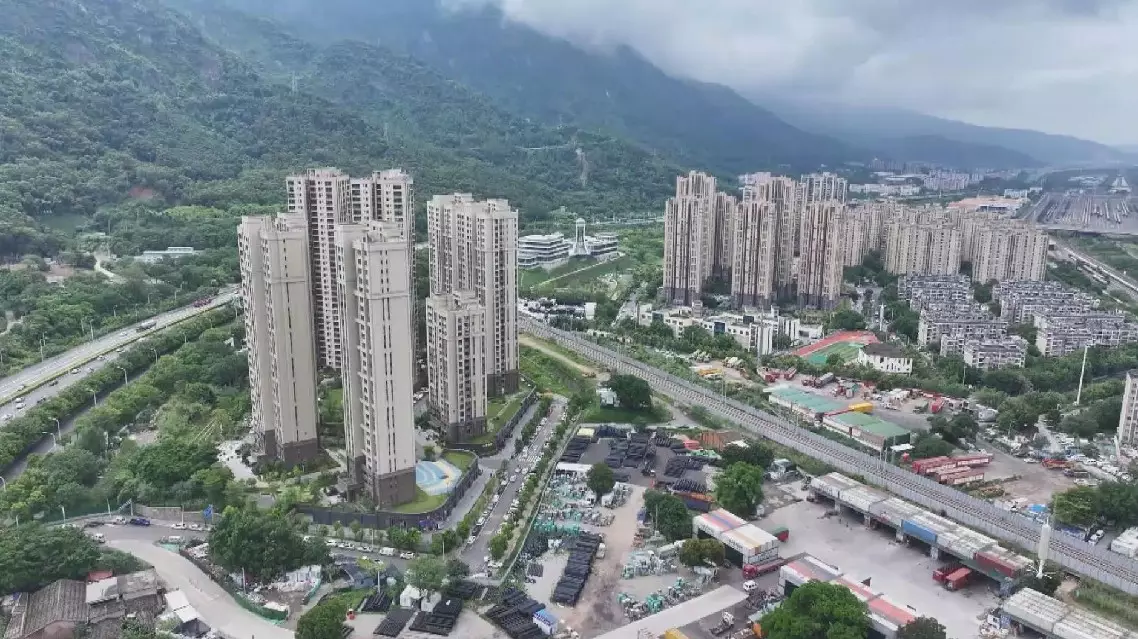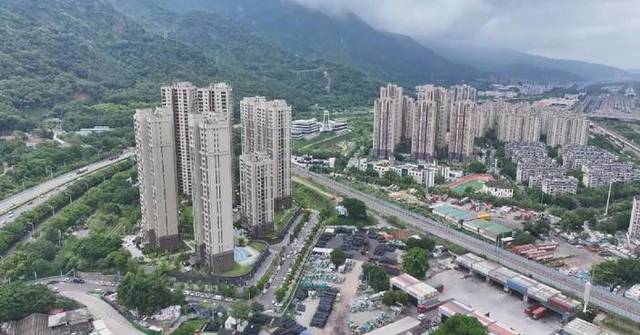The first batch of commercial buildings acquired by local state-owned enterprises are scheduled to be launched as government-subsidized rental housing in Fuzhou city, east China’s Fujian province, in September, part of efforts to reduce the stock of commercial buildings and boost the property market.
Fuzhou is among more than 60 Chinese cities that have implemented this measure after China announced a series of new policies to support the real estate market in the middle of the year.
These measures include reducing the minimum down payment rate, eliminating minimum interest rates on commercial mortgage loans for primary and secondary residences, and establishing a credit facility that allows local state-owned enterprises to use these funds to purchase commercial properties to create affordable housing.
“The houses are mainly located near industrial parks, schools and hospitals, as well as in areas with convenient transportation. All college graduates and migrant workers who have permanent jobs in Fuzhou and do not own a house can apply. The rental prices of government-subsidized houses are less than 90 percent of the rental prices of social housing of similar quality in the area, and the annual price increase is limited to less than five percent,” said Wen Changjing, head of the housing department of the Fuzhou Housing and Urban-Rural Development Bureau.
In Fuzhou, a total of 9,501 commercial properties were acquired for government-subsidized housing. Elsewhere, this practice has even been adopted in megacities such as Shenzhen, the main technology hub in southern China’s Guangdong province.
“I believe that the practice of state-owned enterprises buying existing housing stock on behalf of the government to create affordable housing is beneficial to multiple parties. For developers, this practice makes it easier to repay their capital, thereby reducing liquidity pressure and boosting their confidence. For the government, it is a cost-effective and quick solution to the affordable housing problem. For residents, these well-located houses can provide more convenience,” said Wang Ruimin, associate researcher at the Institute of Market Economy of the Development Research Center of the State Council.

Fuzhou in eastern China is converting commercial buildings into state-subsidized rental apartments
An ecologically vital lake at the foot of the Heihe River, China’s second-largest continental river, has not dried up for 20 consecutive years, suggesting that water diversion efforts have mitigated the river’s drying up, the Yellow River Conservancy Commission of the Ministry of Water Resources said on Tuesday.
East Juyan Lake in the Ejin Banner in northern China’s Inner Mongolia Autonomous Region dried up in 1992 after water in the middle and upper reaches of the Heihe River was intercepted for irrigation in the 1950s and 1960s. The drying up also led to the expansion of three surrounding deserts – Badain Jaran, Tengger and Ulan Buh – at a rate of 100,000 hectares per year. Loose sand was blown up by the wind, causing sandstorms that sweep across northern China in spring.
The lake relies on the water of the Heihe River, but the rivers could not reach the lake because it consumed too much water in the middle and upper reaches. After being dry for ten years from 1992 to 2002, East Juyan Lake was gradually restored in 2001 after China launched a project to curb desertification.
On August 20, 2005, the lake did not dry up for the first time in a whole year. Currently, its water surface is 30 to 40 square kilometers all year round. A total of 133 species of birds inhabit its waters and shores, including more than 100,000 migratory birds.
The ecological environment of East Juyan Lake has also improved significantly: the number of sandstorms in the Ejin Banner has decreased by 50 percent since the 1980s.
The Heihe River is an important ecological barrier in northwest China. Since last year, less water has flowed into the river, so the Ministry of Water Resources has carried out three water diversions into East Juyan Lake, one in winter and two more in spring. It is the first time that consecutive water diversions have been carried out in the winter and spring seasons.
In early August, the Heihe River Basin Management Office used the Huangzang Temple Water Conservancy Project for ecological water diversion for the first time, providing an important water supply guarantee to prevent East Juyan Lake from drying up in the next 20 years and also protecting the oases along the basin.
“Since the implementation of the comprehensive water diversion project, we have made efforts to implement the water distribution plan for the main stream of the Heihe River. A total of 1.276 billion cubic meters of water have been diverted to East Juyan Lake, with an average annual water diversion of 58 million cubic meters,” said Liu Longtao, deputy director of the Heihe River Basin Management Office.

Once dried-up lake in Inner Mongolia awakens to new life

